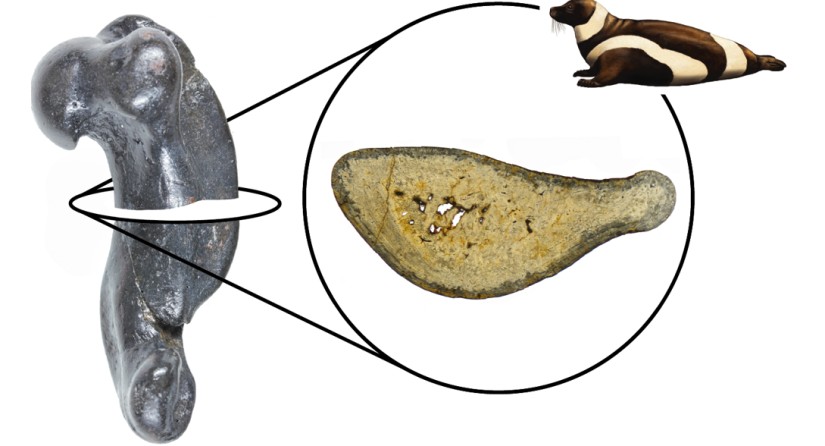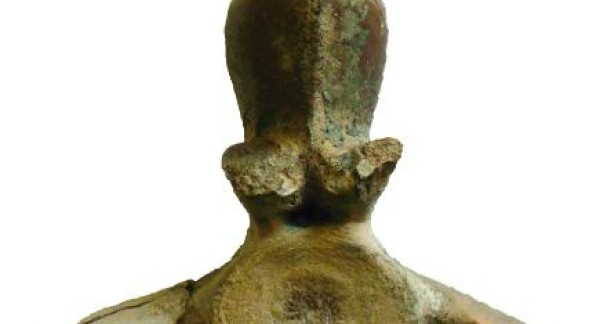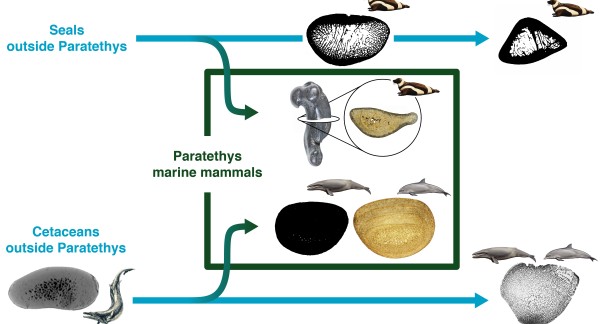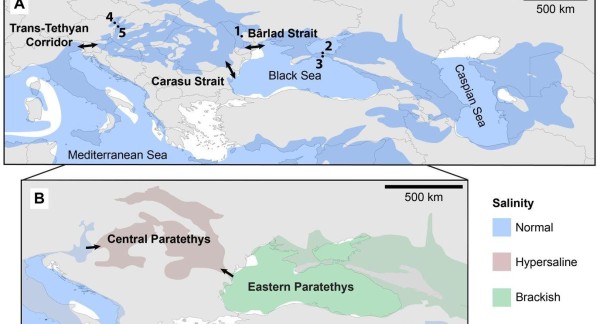Marine mammals developed thicker bones as diving weights in super salty sea

Palaeontologists have discovered that marine mammals developed thicker and heavier bones as an adaptation to a salty inland sea in Central Europe some 13 million years ago. Heavier bones acted as diving weights: they helped the animals to reach depths in the super-saline water in a more energy-efficient way.

Marine mammals, such as whales and dolphins, developed dense and heavy bones at the very beginning of their evolution, from 50 million years ago. It helped them to dive to depths or stay in the water column more easily. But those bones became lighter in the millions of years that followed as marine mammals swam more efficiently thanks to other adaptations, such as large flippers or a tail fluke.
An international team with palaeontologists from the Royal Belgian Institute of Natural Sciences and the University of Liège has found a remarkable 'return' in that evolution around 13.8 million years ago. At that time, several marine mammals - they examined 12 fossils of true seals, toothed whales and baleen whales - independently acquired thicker, heavier bones.
Super salty sea

‘This has everything to do with the sea in which they lived at that time: the Paratethys Sea', says palaeontologist Leonard Dewaele (RBINS, ULiège). ‘A large part of that sea in Central Europe was cut off from other seas because the water level dropped. Further evaporation caused the water level to drop even further and the water became extremely salty. You can compare it to the Dead Sea. Super salty water pushes you upwards. But that is hindering marine mammals searching for food in the deep. When we examined the bone structure of the various marine mammal fossils from that salty period of 400,000 years, we noticed that they had all developed heavier bones. With a heavier skeleton you can better resist buoyancy.’

When the water level in this part of the Paratethys Sea rose again around 13.4 million years ago and it connected again to other seas, the water became more brackish, but the adaptation of thicker bones continued for millions of years. Possibly these heavier bones helped them to forage near the sea floor. Today's marine mammal species are not descended from the animals of the Paratethys Sea and all have - except for sea cows and for the bowhead whale - lighter bones.
The developments long ago in the Paratethys Sea can also be a mirror for today. ‘Rising sea levels in the coming decades or centuries could create inland seas or connect separate seas,' says Dewaele. 'Our research illustrates how small geographical changes can have an impact on ecology and the evolution of fauna.'
The research was published in the journal Current Biology.





